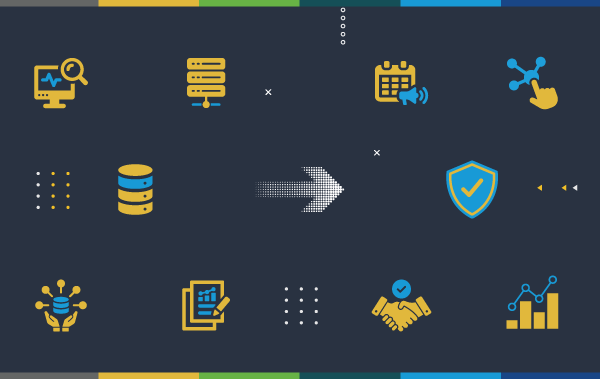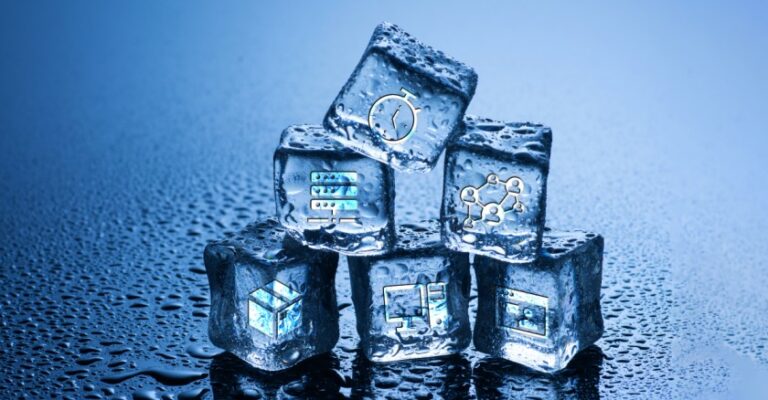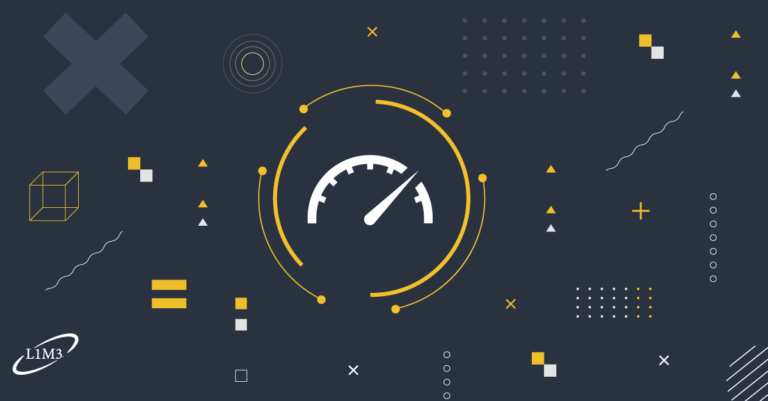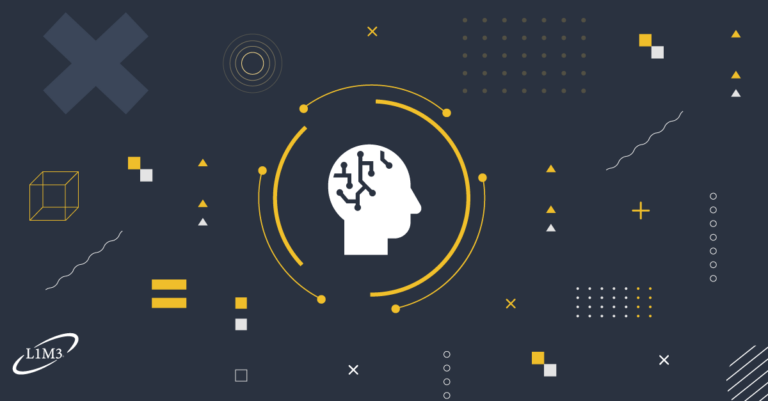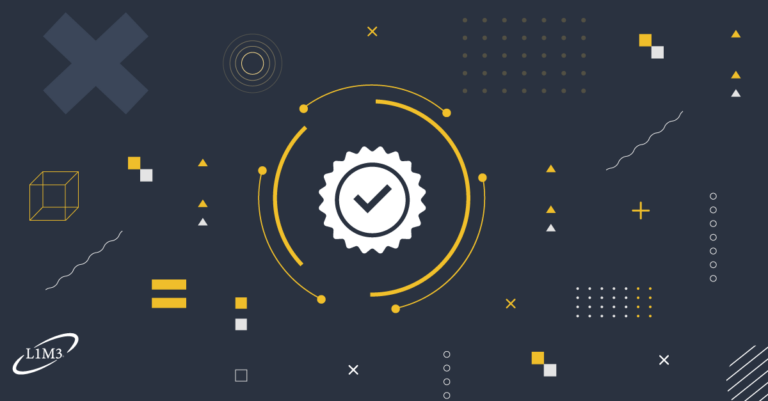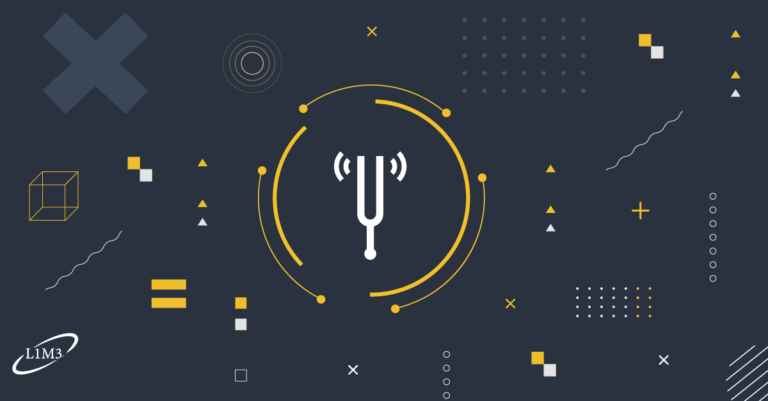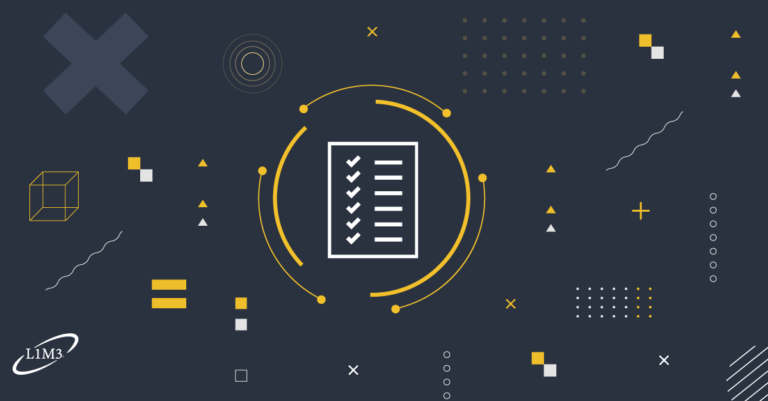In Part One of this series we looked at some of the basic terminology used in the tech world. Going forward in the series we will take a deeper dive by focusing on a specific topic.
Since it seems to be common practice to prematurely blame the network for most issues and unexpected outages, I thought this would be a great place to start.
Yes, I must admit that I am a little biased because of my background as a network engineer.
OSI Model overview:
To quickly isolate and troubleshoot infrastructure issues a clear understanding of the OSI Model is not only needed but is imperative. There are many different mnemonic methods for memorizing the seven layers of the OSI model but I want to share the one I used (this one starts at layer one and works up to layer seven):
Please Do Not Throw Sausage Pizza Away!
Pretty simple right? We’ll break this thing down backwards, which is the approach you would use when troubleshooting with a user.
Layer 7 (Application) – interacting with the application and/or operating system this is where web browsing, file transfers, email takes place; i.e. HTTP, SMTP, FTP, etc.
Layer 6 (Presentation) – Responsible for converting the data at the application so the underlying layers can understand them; i.e. ASCII, GIF, JPEG, etc.
Layer 5 (Session) – This layer is responsible for maintaining communication with the end device; i.e. NETBIOS, Appletalk, PTPP, etc.
Layer 4 (Transport) – At this layer flow control and error checking are established; i.e., TCP and UDP.
Layer 3 (Network) – In this layer the protocols, routing and addressing are assigned to the data; i.e. internet protocol (IP), ICMP (ping), IPSEC, ARP, etc.
Layer 2 (Data Link) – A physical protocol is defined at this level; i.e. ethernet, ATM, PPP, MAC Address, etc.
Layer 1 (Physical) – Is the hardware level and defines the physical connections such as cabling and connections; i.e. CAT 5, fiber, RJ45, RJ11, etc.
In part three of this series we are going take a more in-depth look at layers 7-4 and then in part four we will complete our tour of the OSI model by finishing with layers 3-1.
Wes Johns
Sales Engineer


